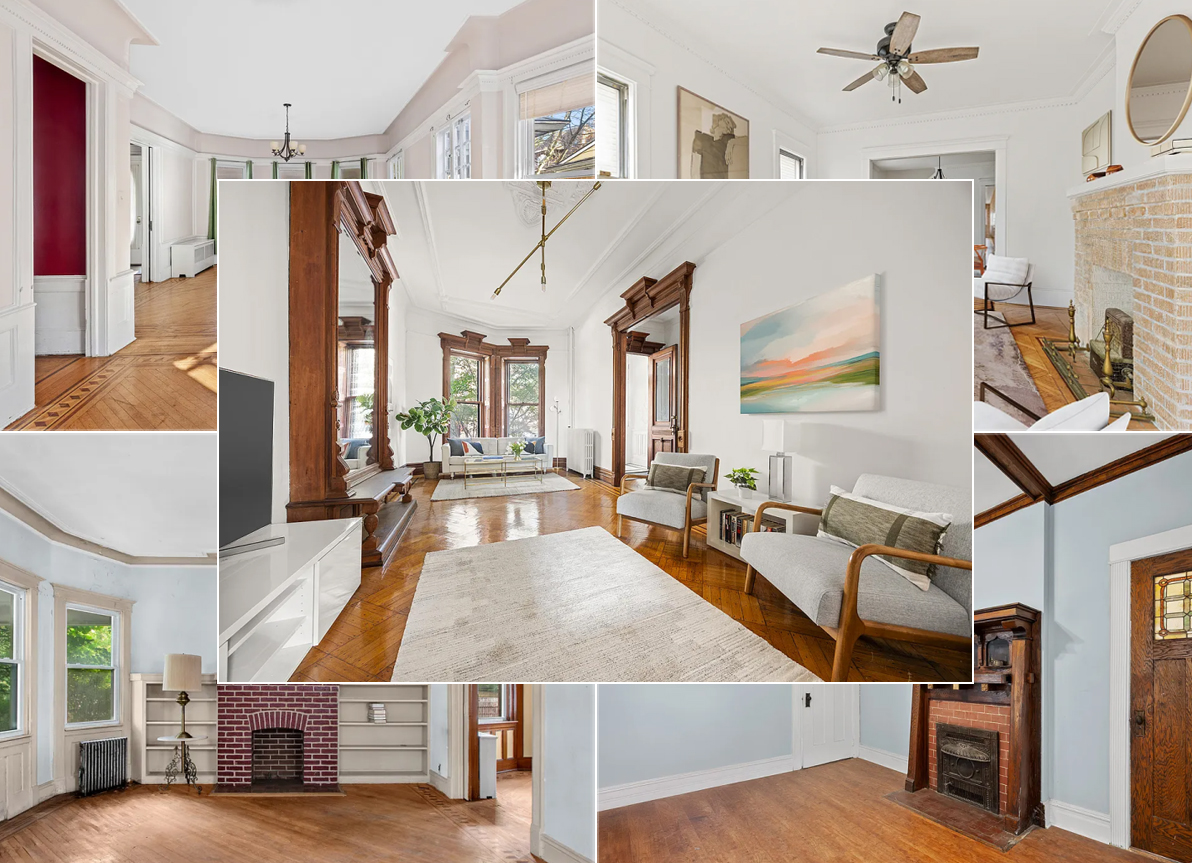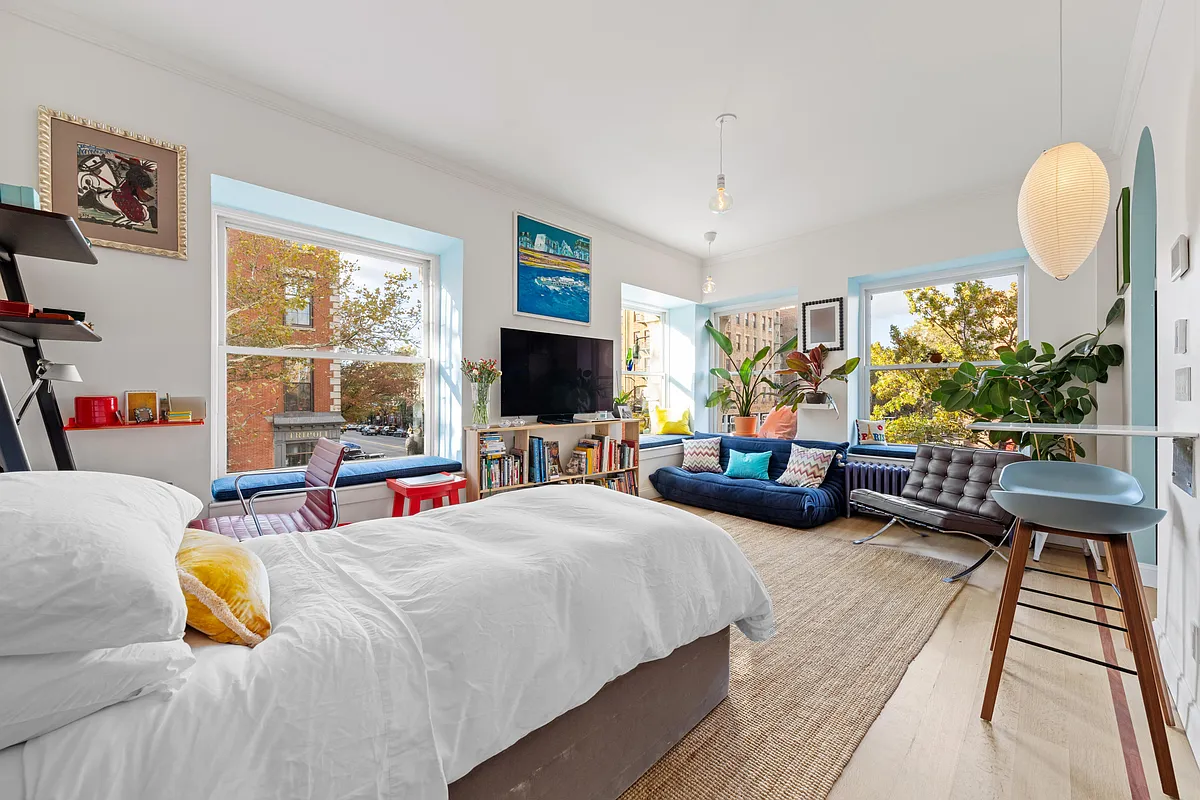Could Streetcars Return to Brooklyn?
Streetcars were once a big part of Brooklyn life—could they play a role in connecting currently underserviced areas while enhancing the street-level experience? That’s the theory being floated by some enthusiasts. And people are starting to listen. Most notably, DOT Commissioner Janette Sadik-Kahn who, noting the success of its streetcar system in generating economic developer,…

 Streetcars were once a big part of Brooklyn life—could they play a role in connecting currently underserviced areas while enhancing the street-level experience? That’s the theory being floated by some enthusiasts. And people are starting to listen. Most notably, DOT Commissioner Janette Sadik-Kahn who, noting the success of its streetcar system in generating economic developer, recently said We need to rebalance the transportation network and make it as efficient and effective as possible. (Midwood resident Arthur Melnick has been pushing this idea for many years, particularly for the waterfront areas of Red Hook and Brooklyn Heights, and the Brooklyn Historic Railway Association has even built a few tracks over near Ikea.) And while there are nostalgic and touristic reasons to consider the idea, blog The Transit Politic sums up the practical side of the issue:
Streetcars were once a big part of Brooklyn life—could they play a role in connecting currently underserviced areas while enhancing the street-level experience? That’s the theory being floated by some enthusiasts. And people are starting to listen. Most notably, DOT Commissioner Janette Sadik-Kahn who, noting the success of its streetcar system in generating economic developer, recently said We need to rebalance the transportation network and make it as efficient and effective as possible. (Midwood resident Arthur Melnick has been pushing this idea for many years, particularly for the waterfront areas of Red Hook and Brooklyn Heights, and the Brooklyn Historic Railway Association has even built a few tracks over near Ikea.) And while there are nostalgic and touristic reasons to consider the idea, blog The Transit Politic sums up the practical side of the issue:
Brooklyn is ideal for streetcars, and the city should be considering their widespread installation in areas where improved transit service is needed, because they’re effective in creating denser, more livable neighborhoods. The eastern half of Berlin is perhaps a good example for how Brooklyn could integrate streetcars into its existing transportation network. There, the 192 km collection of Straßenbahn lines run in areas that are not adequately served by the U-Bahn and S-Bahn rail services. The system runs mostly in areas that are less dense than Brooklyn overall, but it still attracts high ridership. (Berlin’s most central borough, Friedrichshain-Kreuzberg, has a density of 13,000 people/km2, equivalent to that of Brooklyn; the rest of Berlin, however, has about half that density.) Why not, then, envision a similarly ambitious program for transit expansion in Brooklyn?
Indeed, though streetcars have far lower capacity than subways, they’re far cheaper to build and they carry significantly more people than bus lines when they’re built close to light rail standards, with some of their own running way, high-quality stations, and extended vehicles. Because they’re electrically operated, they’re also pollution-free (directly, not necessarily indirectly). For a city that’s incapable of building a tiny two-mile extension of its subway system on time and on budget, a streetcar network might be the solution.
The blog highlights much of southeastern Brooklyn, Red Hook and parts of Bed Stuy as areas whose residents desperately need better access to existing public transit. Crazy, or so crazy it just might work?
Streetcars for Brooklyn: A New Life? [The Transport Politic]





I love this notion that streetcars were eliminated in the 1950’s because of a conspiracy with the oil companies and the car companies. Baloney! Go back to 1950 and try to find one person who was not happy to replace streetcars with buses.
Also… It makes me ANGRY when I see phrases like “floated by some enthusiasts.” Moving people is a SCIENCE.
Streetcars and other non-bus transportation is not all about good feeling and nostalgia and “enthusiasts.” It’s PRIMARILY about what is the BEST way to move people… to make the most enjoyable commuting experience so they *choose* public transportation… to make journeys quick and efficient… to have a positive impact on the community and it’s economic areas… to reduce congestion and improve traffic for vehicles like delivery trucks and so on…
Public infrastructure isn’t based on “enthusiasm” — it’s bases on real information and decisions. THOUGH, it does require enthusiasm to convince people to actually LOOK AT the data… and get past their hang-ups. Just because we haven’t done it in a while (due to a poor decision based on short-term costs vs. long-term benefit), it doesn’t mean we shouldn’t do it again!!!!!!!!!!!
Streetcars, light rail, call ’em what you want, but they are subject to traffic. Indeed, if you’ve taken the Atlantic Tunnel Tour, you know that tunnel was built so as to take the trains out of the traffic (granted, those were real trains with limited brakes).
Aside from the complete clusterfuck the government would make of this — when was the Second Ave subway line first planned? 1929 — the truth is streetcars would end up being installed in areas where they aren’t really needed (Park Slope, Cobble Hills, Boerum Hill) … and not in the less dense or less well serviced areas where they would actually be useful.
looking at the tiny map it looks like several lines would pass through Brooklyn Heights. I for one do not want trolleys on my street. The streets in the Heights are very narrow and the construction would be a nightmare. We already have seven subway lines in the neib, so I would fight against streetcars. Besides, by the time the TA gets its act together, levitating cars that run on recycled kitty litter will probably be invented.
chicken- I’m in!
I bet there would be good profit to be made from building a streetcar system in Brooklyn.
If this were 2006 and I could lock in a decent amount of committed capital, I’d think about doing it myself…
DIBS, that’s why I was suggested that we do it ourselves! Imagine people’s surprise when they turn up for their morning commute and see a shiny freshly-painted platform!
Yes, Snark, I saw that resignation story earlier in the Friday Links.
Pete…notice I put as the number one reason “Mismanaged” which would be management, not union.
Please, if you can, tell me of an industry that’s been heavily unionized that is doing a really good job at things.
Steel, Airlines, Autos, any branch of the government, post office, transportation, construction???
adam- and this is a surprise to you? 🙂
DIBS taking another jab at the unions – instead of the well-funded corporate lobbying contract-overrun-producing currupt bidding procedures of capitalist corporate america and its leadership. Thats where the real money goes.